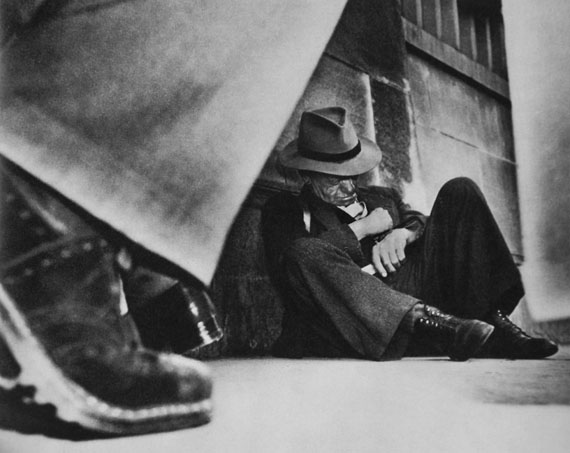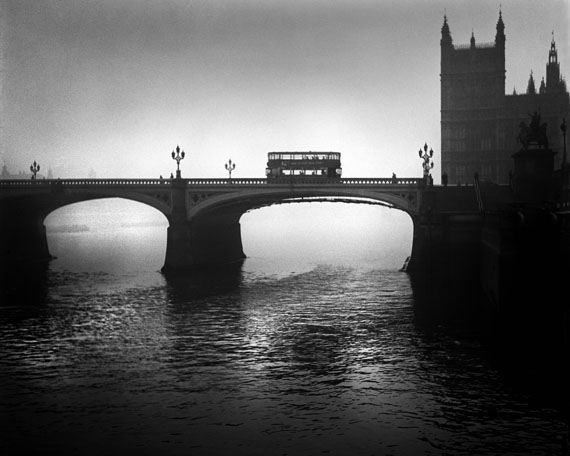
René Groebli »
Early Work 1945 - 1955
Exhibition: 6 Sep – 22 Oct 2016
Sat 3 Sep 19:00 - 21:30
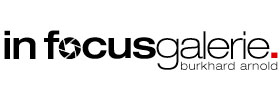
in focus Galerie
Hauptstr. 114
50996 Köln
+49 (0)177 -3202913
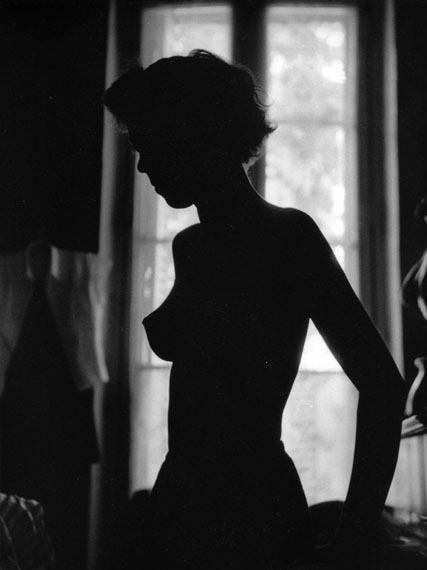
René Groebli
"Early Work. 1945 - 1955"
Exhibition: 6 September – 22 October, 2016
Opening: Saturday, 3 September, 7 – 9:30 pm
René Groebli will attend the opening and presents his new books:
"Early Work", "Beryl Chen", "London 1949" each published by Sturm & Drang editions
Opening hours:
up to 1 October: Tuesday – Friday 4 – 7 pm, Saturday 11 am – 6 pm
from 2 - 22 October only by appointment.
The exhibition René Groebli "Early Work"" will present a unique selection of vintage and modern prints from Groeblis early years: "London", Eye of Love", "Rail Magic", "Beryl Chen" and more.
"Who is René Groebli? He is a blind spot. Perhaps he is the proverbial blind spot, the «Missing Link» in the history of modern Swiss photography.
The first to notice him was the American photographer and curator Edward Steichen, the visionary Steichen who had towards the end of the 1940s established at the New York Museum of Modern Art the first photography department world-wide. For the museum’s collection he acquired Groebli’s image poem «Das Auge der Liebe» (The Eye of Love). The Swiss also formed part of the monumental MoMA exhibition «The Family of Man» (1955), the attempt at an all-encompassing portrait of humanity that until today travels around the world. Steichen’s successor John Szarkowski in turn integrated Groebli in his exhibition «The Photographer’s Eye» (1964) and afforded him a special place in the publication of the same name.
In Germany Otto Steinert, the important post-war photographer and professor at the Werkkunstschule Saarbrücken, member of the vanguard group «fotoform», recognised Groebli’s potential. He showed his movement studies in the exhibitions «subjektive fotografie» (1951/1954). The dancers in the Zurich Tresterclub (1947) embodied for Steinert the visionary possibilities of the medium, the State of the Art of progressive photography. Characteristic for this artist: he is an artist in motion. Movement is his inner nature. Therefore he never implemented the development of his art in a linear fashion, the single image as a static icon. On the contrary, he thinks the medium centrifugally, outwards from its centre. And this centre means movement, is dynamics. It is the archetype of creativity.
René Groebli is the missing link in the Swiss photographic history of the second half of the 20th century. He merges the romanticism in photography with the visions of the technician, the modernist. His decisive publications were made years before those by Robert Frank. According to the power, they are equal, as to their impact the works of Groebli are yet to be discovered. Be prepared for surprises."
Text: Daniele Muscionico, excerpt from "The Free Handed Photographer" for the book "René Groebli – Early Work (1945-1955)", published by Sturm & Drang, 2015�
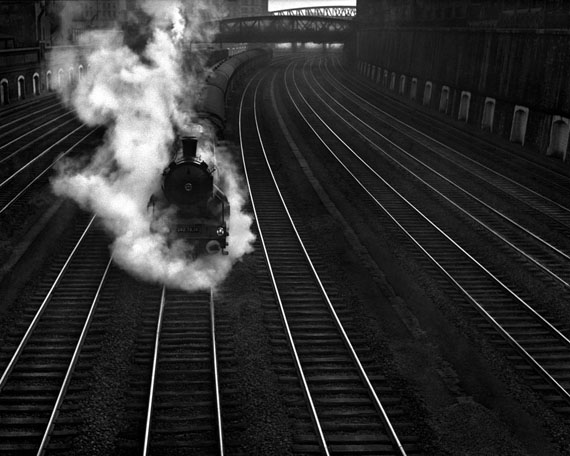
René Groebli
"Early Work. 1945 - 1955"
Ausstellung vom 6. September bis 22. Oktober 2016
Eröffnung: Samstag, den 3. September, 19-21:30 Uhr
René Groebli wird zur Eröffnung anwesend sein.
Er präsentiert seine neuesten Bücher: u.a. "Beryl Chen", "Early Work", "London".
Öffnungszeiten:
bis 1. Oktober: Di-Fr: 16-19 Uhr, Sa 11-18 Uhr
vom 2. Oktober bis 22. Oktober nach telefonischer Vereinbarung.
RENÉ GROEBLI – EARLY WORK" ist eine umfassende Ausstellung zu Groeblis frühen Werken von 1945 bis 1955. Es werden Vintages und spätere limitierte Silbergelatine Prints aus seinen bekannten Serien "Auge der Liebe" und "Magie der Schiene" zu sehen sein, wie auch viele großartige Bilder aus London und Paris in den 1940er und 1950er Jahren. Zum ersten Mal werden in dieser Ausstellung auch bisher unveröffentlichte Bilder aus seiner berühmten Serie "Auge der Liebe" gezeigt, die in Groeblis Archiv entdeckt und erstmals im Jahr 2016 ausgestellt wurden.
Wer ist René Groebli? Als erster auf ihn aufmerksam wurde der amerikanische Fotograf und Kurator Edward Steichen, der Ende der vierziger Jahre im New Yorker Museum of Modern Art die weltweit erste Abteilung für Fotografie eingerichtet hatte. Er erwarb für seine Museumssammlung Groeblis Bild-Poem "Das Auge der Liebe". Er wählte Groebli auch für seine monumentale MoMA-Ausstellung "The Family of Man" (1955), den Versuch eines umfassenden Menschheits-Porträts, das bis heute um die Welt reist. Steichens Nachfolger John Szarkowski wiederum integrierte Groebli in seine Ausstellung "The Photographer’s Eye" (1964) und wies ihm in der gleichnamigen Publikation einen besonderen Platz zu.
In Deutschland war es Otto Steinert, der Groeblis Potential erkannte. Der renommierte Nachkriegsfotograf, Professor an der Werkkunstschule Saarbrücken und Mitglied der avantgardistischen Gruppe "fotoform", zeigte die Bewegungsbilder des Schweizers in den Ausstellungen "subjektive fotografie" (1951 und 1954). Die Tanzenden im Zürcher Tresterclub (1947) verkörperten für Steinert die visionären Möglichkeiten des Mediums, den State of the Art progressiver Fotografie. Denn das ist ja das Typische an diesem Künstler: Er ist ein Künstler in Bewegung. Bewegung ist seine innere Natur. Deshalb hat er die Entwicklung seiner Kunst nie linear vollzogen, nie das Einzelbild als statische Ikone verstanden. Im Gegenteil, er denkt das Medium zentrifugal von seiner Mitte aus. Und diese Mitte meint Bewegung, ist Dynamik. Es ist die Urform von Kreativität.
René Groebli vereint das Romantische in der Fotografie mit dem Visionären des Technikers, des Modernisten. Seine entscheidenden Publikationen sind Jahre früher entstanden, als jene von Robert Frank. In der Kraft ist er ihm ebenbürtig, in seiner vollen Bedeutung gilt es Groeblis Werk noch weiter zu entdecken. Mit Überraschungen ist zu rechnen. Text: Daniele Muscionico aus "Der freihändige Fotograf", erschienen im Buch "René Groebli – Early Work (1945–1955)", Verlag Sturm und Drang, 2015�
